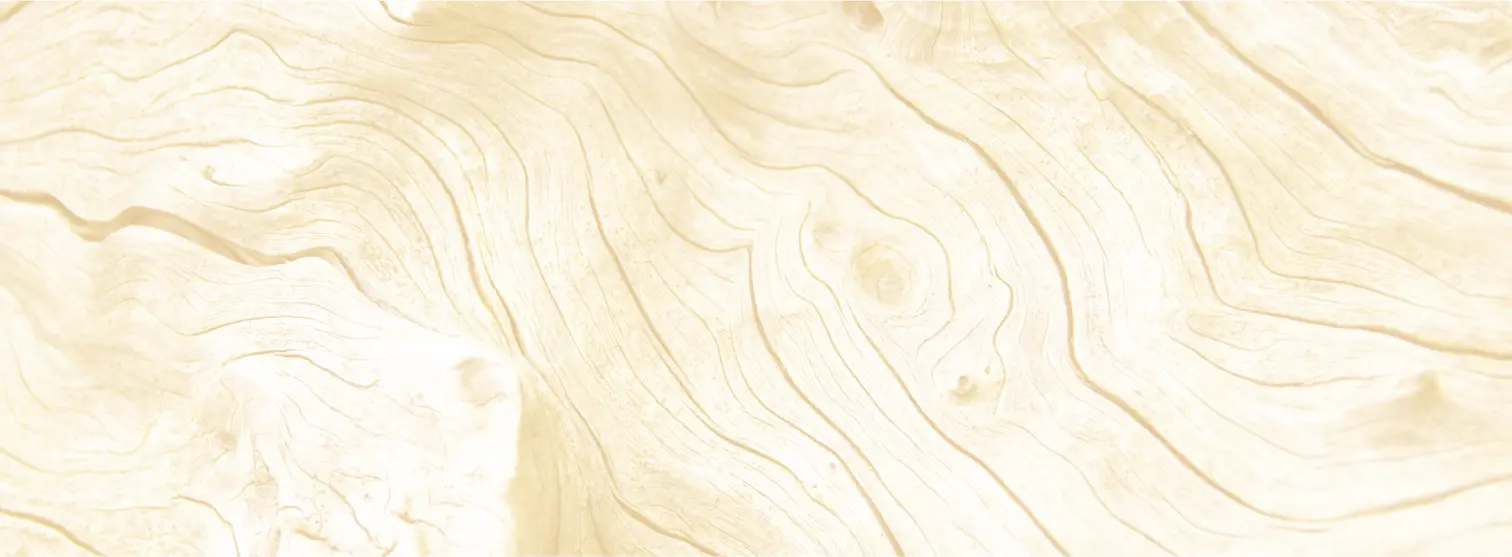A native of Southeast Asia, southern China, and the Himalayan regions of India, a member of the Babbler family, red-billed leiothrix may have been introduced originally to the Hawaiian islands because of its beauty. But it appeared to be useful also for bug control. As a result, it was deliberately released into the wild in Hawaii from 1918 onward. It quickly expanded its populations on all islands, until, eventually, its populations decreased again.
Today, the species as a whole seems to populate higher elevations mostly. This great little songbird is gregarious, though. Here in Hawaii, outside of summer’s breeding season, it forages in flocks of fifteen-some birds. (Allegedly, flocks counted up to nearly 100 individuals when the species was more abundant, in the 1940s!) Red-billed leiothrix break off in pairs to breed, building their nest with dry leaves and moss in dense vegetation and high off the ground.
You can find red-billed leiothrix in wet, forested upland areas, but occasionally at elevations as low as the Kohala Zipline area, where it feeds on fruits and invertebrates gleaned from understory foliage and dead wood. It’s an elusive and active bird. Look and listen for it carefully!


